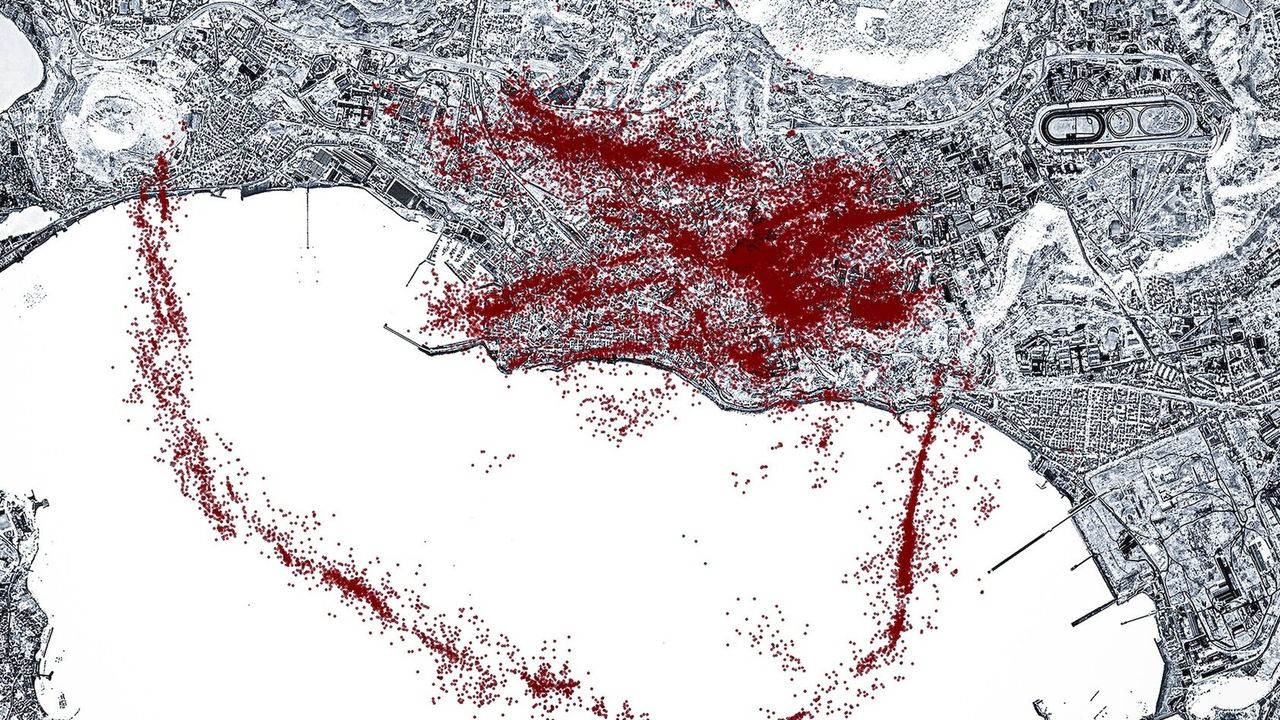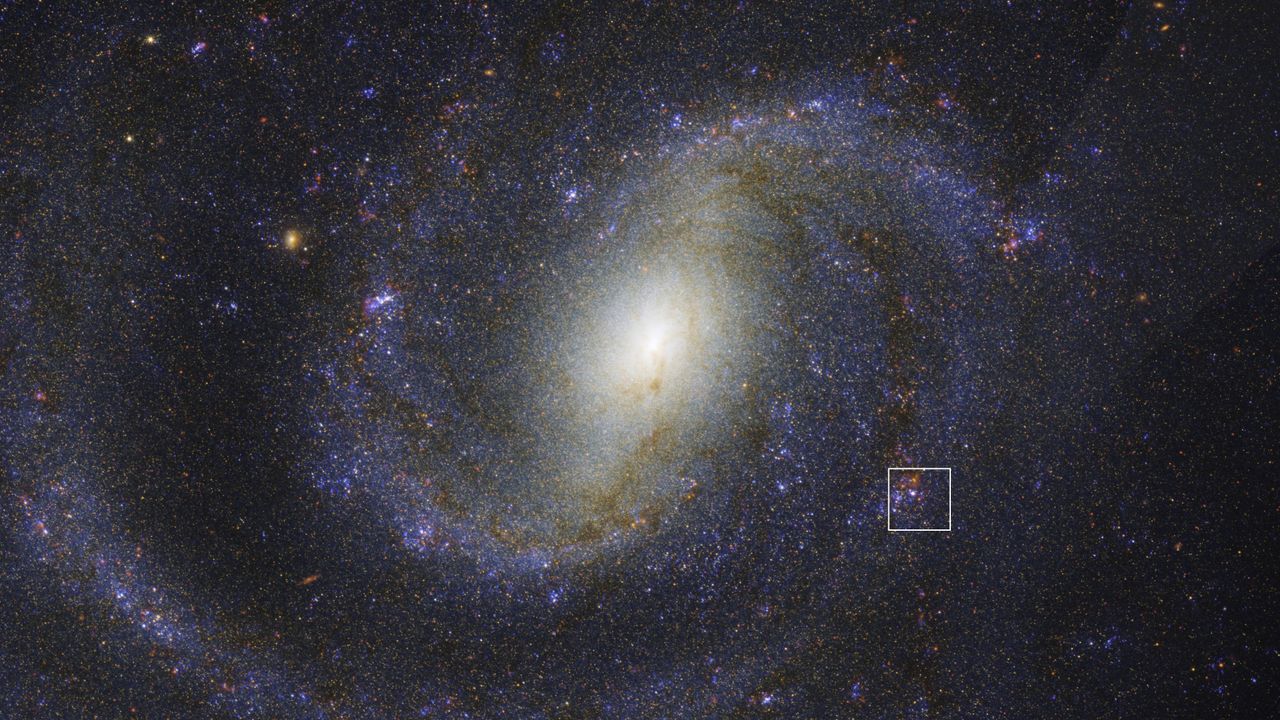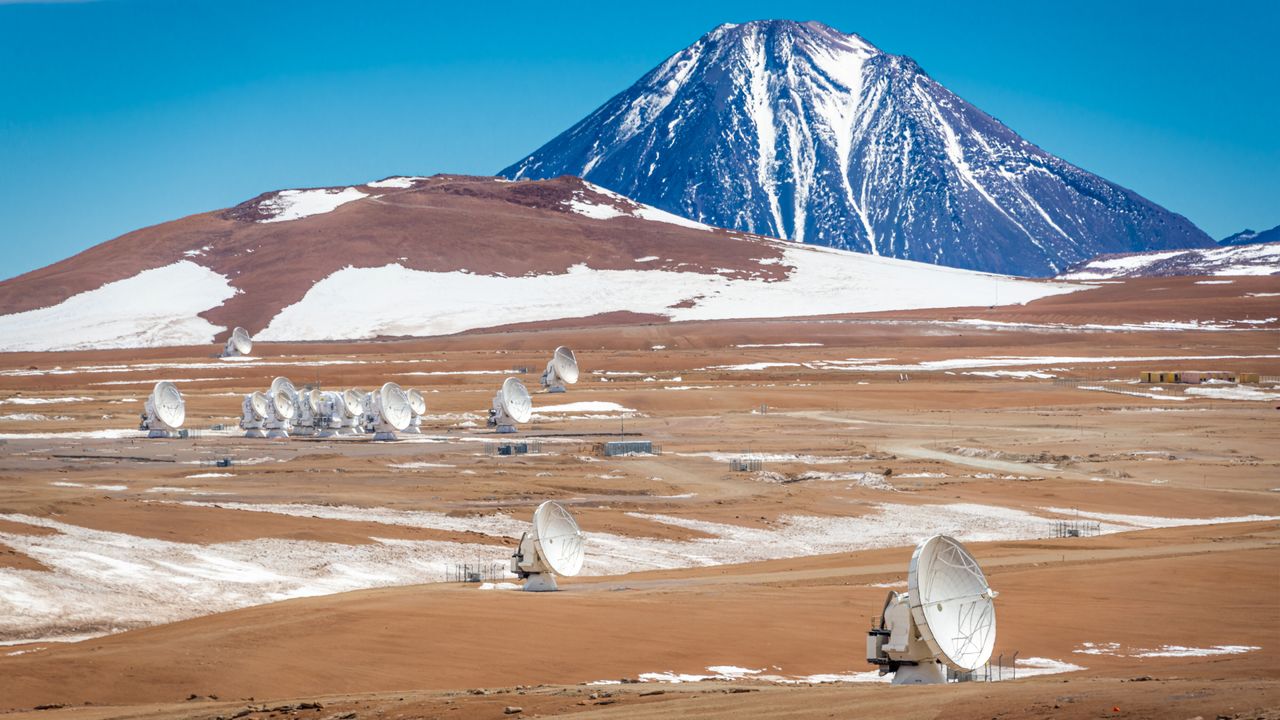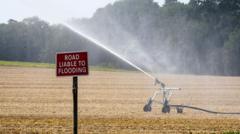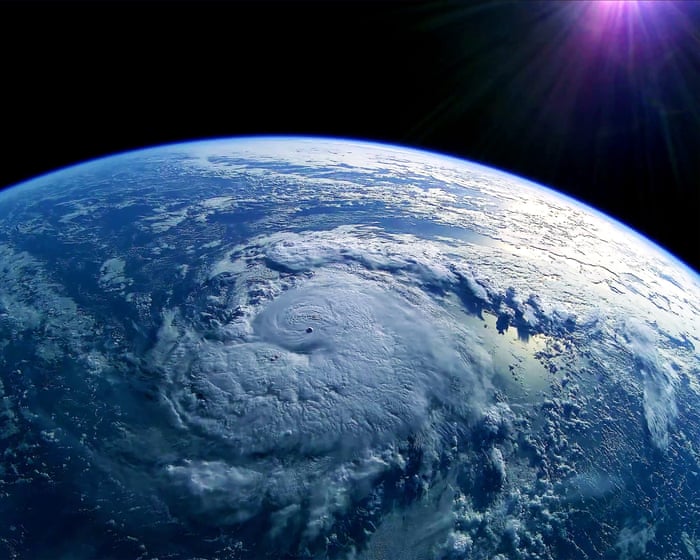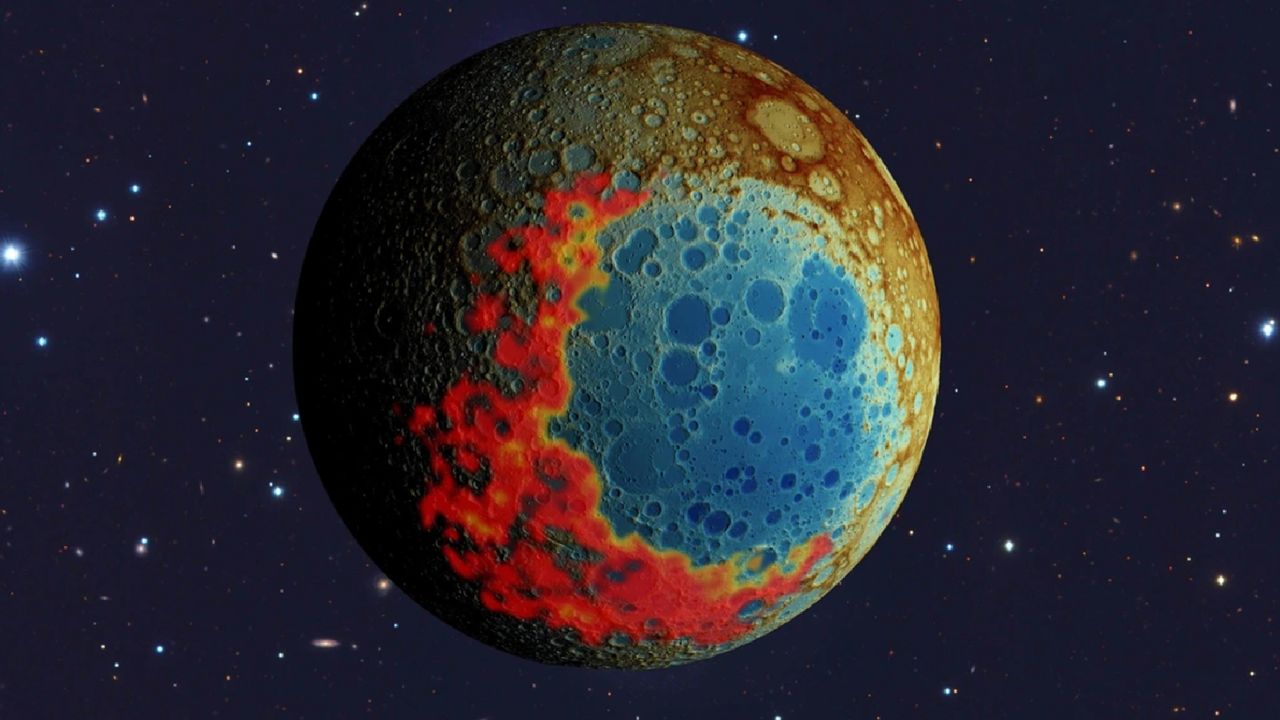Contributors to Scientific American’s November 2025 Issue
PositiveScience
The November 2025 issue of Scientific American features a diverse group of contributors, including writers, artists, photographers, and researchers, who share the fascinating stories behind their work. This issue highlights the importance of collaboration in science and the arts, showcasing how different perspectives can enrich our understanding of complex topics. It's a celebration of creativity and knowledge that encourages readers to appreciate the interconnectedness of various fields.
— Curated by the World Pulse Now AI Editorial System


